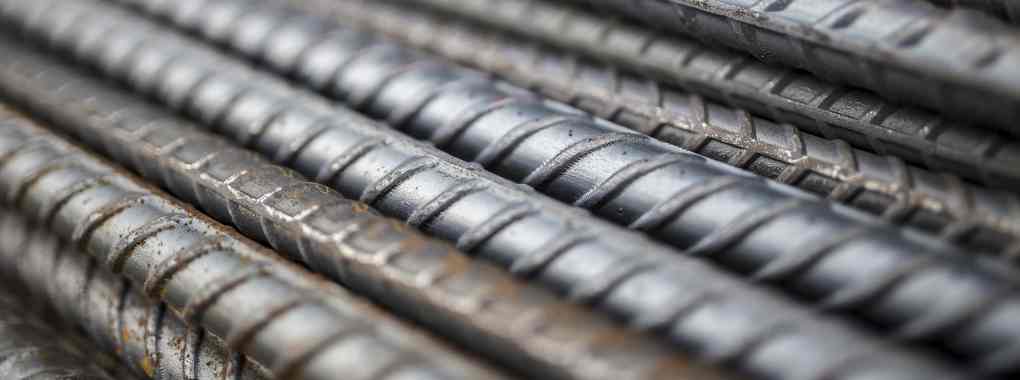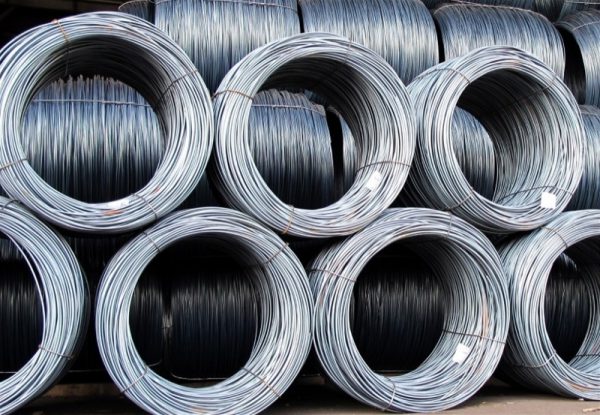Mô tả
1. OVERVIEW OF DEFORMED STEEL BARS
Deformed steel bars, also known as ribbed steel bars, are named as such because the surface of the bar has embossed ribs in a herringbone pattern.
The diameter of this type of steel ranges from 10mm to 55mm. In bar form, their standard length is 11.7m, but this can be adjusted to meet customer requirements. A key characteristic of deformed bars is their hardness – unlike wire rods, they cannot be bent easily.
2. CLASSIFICATION
2.1. Deformed steel bars Ø10, Ø12, Ø14, Ø16, Ø18, Ø20
The most common types have small to medium diameters, specifically Ø10, Ø12, Ø14, Ø16, Ø18, Ø20 (equivalent to 10mm–20mm). These are widely used in residential housing, high-rise buildings, roads, bridges, and other construction projects.
2.2. Deformed steel bars Ø22, Ø25, Ø28, Ø32
Specialized deformed bars have larger diameters, specifically Ø22, Ø25, Ø28, Ø32 (equivalent to 22mm–32mm). They are commonly used in large-scale projects requiring high technical standards. Depending on construction demands, deformed bars can even be produced with diameters up to 55mm.
3. SPECIFICATIONS OF DEFORMED STEEL BARS
Standards: JIS / EN / ASTM / GB
Steel grades:
SD295A / B, SD345, SD390, SD490
BS4449 460B / B500B, ASTM
Sizes:
Range 1: 8mm – 50mm
Range 2: 6mm – 12mm
4. MANUFACTURING PROCESS
Deformed steel bars are produced from steel billets using continuous casting technology:
Step 1: Steel billets are formed as molten metal is cast in rolling mills. After casting, billets exist in two states: hot and cooled.
Step 2: Billets are kept at high temperature, then cooled before being delivered to factories. At the factory, billets are reheated before being rolled into shape.
Step 3: Billets are sequentially rolled through hot-rolling stands, starting from roughing mills, then intermediate mills, and finally finishing mills. The bars are then moved to the cooling bed and on to the cutting section.
Step 4: Final cutting and bundling.
5. KEY PROPERTIES
High strength and durability – Excellent tensile, compressive, and bending resistance, suitable for all civil and infrastructure projects.
Strong bond with concrete – Twisted ribs enhance friction, reduce slippage, and improve structural bonding.
Ease of construction – Good ductility, easy to cut, bend, and weld, reducing time and construction costs.
Stable quality – Manufactured to international standards (TCVN, JIS, ASTM, etc.), ensuring uniform mechanical properties and dimensions.
Versatile applications – From housing, bridges, and high-rises to large industrial projects.
6. APPLICATIONS OF DEFORMED STEEL BARS
With outstanding characteristics such as excellent load-bearing capacity, hardness, and durability, deformed bars are widely used in both civil and industrial construction projects. Examples include residential houses, shopping centers, high-rise buildings, and hydropower facilities. Specifically, they are used for reinforced concrete frames, foundations, and concrete floors.
.png)




